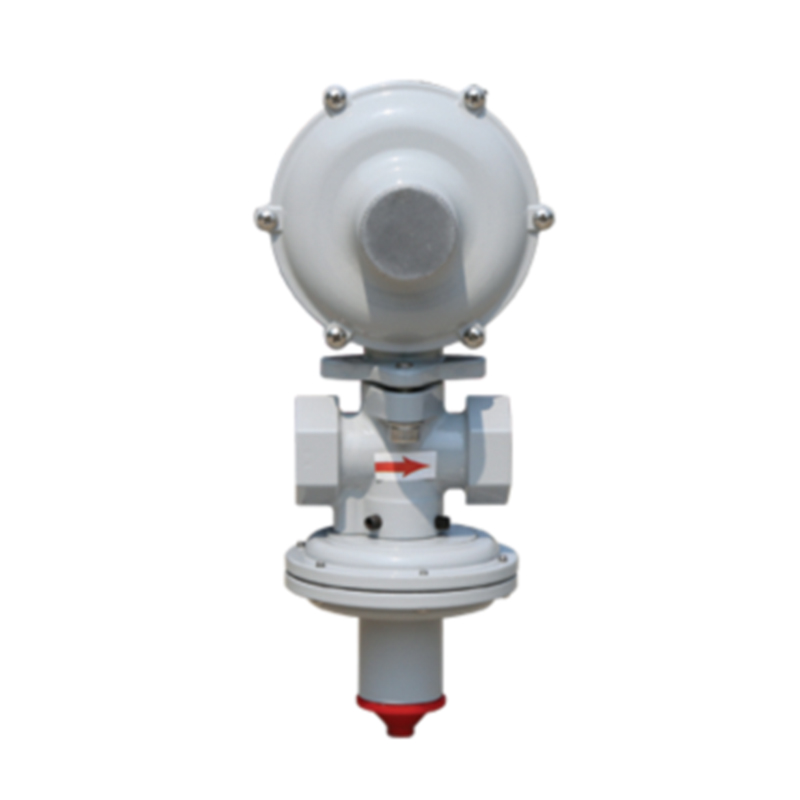
Dec . 11, 2024 12:21
Back to list
معدات التغويز
Understanding Gasification Equipment An Overview of Technologies and Applications
Gasification is a transformative process that converts carbon-based materials, such as biomass and fossil fuels, into syngas (synthetic gas), which primarily consists of hydrogen and carbon monoxide. This process is gaining traction as a cleaner alternative to traditional combustion methods, producing not only energy but also valuable by-products that can be utilized in various industries. At the core of gasification are specialized pieces of equipment designed to facilitate this complex chemical reaction. This article aims to provide an overview of gasification equipment, its operational principles, types, and various applications.
1. The Principles of Gasification
Gasification works through a series of thermochemical reactions that occur in the presence of limited oxygen. The process typically takes place in a gasifier, where the feedstock is subjected to high temperatures, usually between 700°C and 1,500°C. The input material undergoes drying, pyrolysis, and oxidation, ultimately resulting in the formation of syngas. The production of syngas is followed by cleaning and conditioning processes to remove impurities like tar, sulfur, and particulates, ensuring that the gas is suitable for downstream applications.
2. Components of Gasification Equipment
Gasification systems consist of several critical components, each playing a vital role in the efficiency and effectiveness of the gasification process
- Gasifier The heart of the gasification system, the gasifier provides the environment necessary for the feedstock's conversion into syngas. Different types of gasifiers include fixed-bed, fluidized-bed, and entrained-flow gasifiers, each with unique operational characteristics and suitability for various feedstock types.
- Feedstock Preparation Unit Before gasification, feedstock must be processed to ensure optimal particle size and moisture content. Equipment such as grinders, dryers, and sieves are employed in this stage.
- Syngas Cleaning Unit Following gas production, syngas must be purified to remove contaminants that could damage downstream equipment or affect end-use applications. This may involve scrubbers, filters, and chemical treatment processes.
- Heat Recovery Systems Recovering energy from waste heat is essential for improving the overall efficiency of gasification systems. Heat exchangers can be installed to capture and reuse heat generated during the process.
.
3. Types of Gasification Technologies
معدات التغويز

Several gasification technologies exist, each with its advantages and specific applications
- Fixed-Bed Gasification This traditional method involves stationary fuel beds where the feedstock is processed in a continuous manner. It is generally suitable for larger particles and solid biomass.
- Fluidized-Bed Gasification In this technique, the feedstock is suspended in a bed of hot particles, allowing for enhanced heat and mass transfer. This method can accommodate a wide variety of feedstock, including waste materials.
- Entrained-Flow Gasification This technology is characterized by the rapid conversion of finely ground feedstock in a high-velocity stream of gas. Entrained-flow gasifiers are typically used for high-throughput applications and can effectively process low-rank coals and biomasses.
4. Applications of Gasification
Gasification offers a multitude of applications across various sectors
- Energy Production The syngas produced can be burned in turbines or engines to generate electricity or converted into hydrogen through further processing.
- Chemical Synthesis Syngas serves as a feedstock for creating chemicals such as methanol, ammonia, and synthetic fuels, which can replace conventional petroleum-based products.
- Waste Management Gasification effectively handles municipal solid waste and other hazardous wastes, converting them into useful energy rather than allowing them to accumulate in landfills.
- Biofuel Production Through biomass gasification, valuable biofuels can be produced, contributing to sustainable energy solutions and reducing reliance on fossil fuels.
Conclusion
Gasification equipment is a crucial aspect of modern energy and environmental technologies. The ability to convert a wide array of feedstocks into valuable forms of energy and chemicals positions gasification as a flexible, efficient, and sustainable solution in addressing global energy and waste challenges. As technologies advance and become more cost-effective, the role of gasification in creating a cleaner and more sustainable future is expected to grow significantly.
Next:
Latest news
-
Safety Valve Spring-Loaded Design Overpressure ProtectionNewsJul.25,2025
-
Precision Voltage Regulator AC5 Accuracy Grade PerformanceNewsJul.25,2025
-
Natural Gas Pressure Regulating Skid Industrial Pipeline ApplicationsNewsJul.25,2025
-
Natural Gas Filter Stainless Steel Mesh Element DesignNewsJul.25,2025
-
Gas Pressure Regulator Valve Direct-Acting Spring-Loaded DesignNewsJul.25,2025
-
Decompression Equipment Multi-Stage Heat Exchange System DesignNewsJul.25,2025

